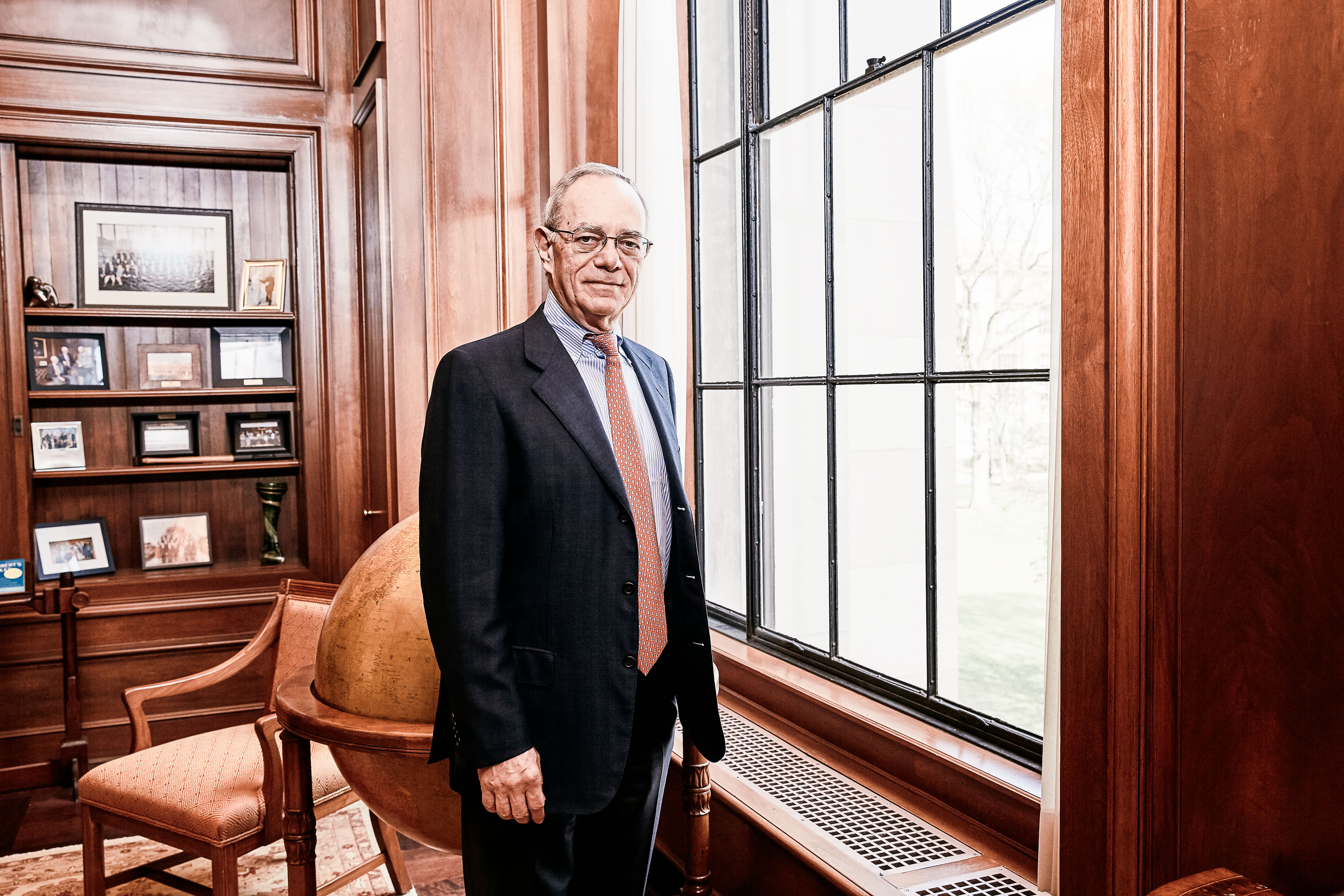Planning for the unknowable future

Among this pandemic’s humbling lessons is how long it takes for disorienting new realities to sink in. On March 24, when I wrote my last letter to you in this space, we knew a pandemic was upon us. We had already acted to radically depopulate our campus, including taking the painful step of sending nearly all our undergraduates suddenly away. And we had also asked our faculty to step up to the intense challenge of putting all their courses online in just two weeks, while scaling back our immense research enterprise.
But at that point, we had only just grasped that the ongoing public health crisis in Massachusetts would force us to reshape Tech Reunions and Commencement as well, requiring us to somehow conduct both of these cherished events online. We were not at all certain how to make it happen—only that we had no choice but to do so. Now, 10 weeks later, I can report that thanks to the intense efforts and creative contributions of many hundreds of students, staff, alumni, and faculty here and around the world, these remote versions were delightful, inspiring, and very MIT. (You can see the graduation preshow and program webcast for yourself, right here.)
As I write, we are piloting the protocols required to begin bringing on--campus research safely up to speed again. And we are engaged in a new effort to make key decisions about the next major milestone in the academic calendar: the start of the fall semester, which will be gearing up another 10 unknowable weeks from now.
The decisions for the fall and beyond involve a large number of interrelated factors and enormous uncertainty—a systems optimization problem that is both MIT-hard and deeply human. Our first priority must be protecting the health and well-being of our community and the many communities we touch.
After modeling a wide range of scenarios and taking the current public health advice into account, we do not think it very likely that we can all be on campus together this fall. Since every available path involves complex trade-offs, each in some way painful or unattractive, we are reaching out in many different ways to share with the community what we have learned so far, and to gather insights and ideas. We believe we must reach a decision by early July; I am confident that by working through these choices together, we will arrive at a solution that is truly worthy of MIT.
Keep Reading
Most Popular
Large language models can do jaw-dropping things. But nobody knows exactly why.
And that's a problem. Figuring it out is one of the biggest scientific puzzles of our time and a crucial step towards controlling more powerful future models.
The problem with plug-in hybrids? Their drivers.
Plug-in hybrids are often sold as a transition to EVs, but new data from Europe shows we’re still underestimating the emissions they produce.
Google DeepMind’s new generative model makes Super Mario–like games from scratch
Genie learns how to control games by watching hours and hours of video. It could help train next-gen robots too.
How scientists traced a mysterious covid case back to six toilets
When wastewater surveillance turns into a hunt for a single infected individual, the ethics get tricky.
Stay connected
Get the latest updates from
MIT Technology Review
Discover special offers, top stories, upcoming events, and more.